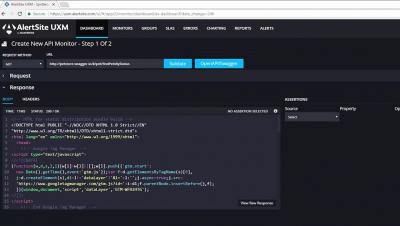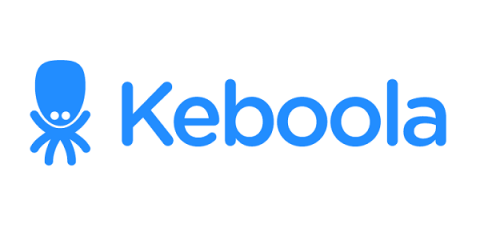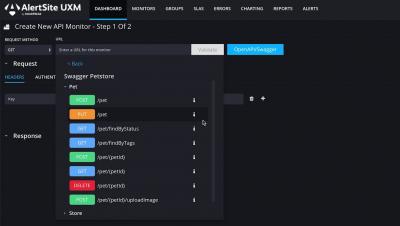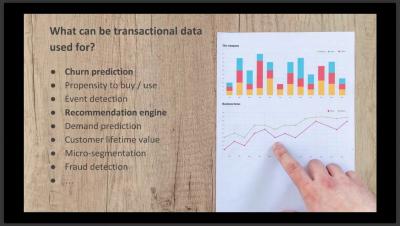Systems | Development | Analytics | API | Testing
%term
The Paradise Papers: How the Cloud Helped Expose the Hidden Wealth of the Global Elite
In early 2016, the International Consortium of Investigative Journalists (ICIJ) published the Panama Papers –one of the biggest tax-related data leaks in recent history involving 2.6 Terabytes (TBs) of information. It exposed the widespread use of offshore tax havens and shell companies by thousands of wealthy individuals and political officials, including the British and Icelandic Prime Ministers.
Why We Don't Have Customer Support Representatives at Bugfender
We’ve often asked ourselves: What’s the most natural way to provide customer support to our users?
How to Structure Your Business to Make Better Use of Data
A few years ago, Starbucks’ director of analytics and business intelligence, Joe LaCugna, said the Seattle coffee giant once struggled to make sense of the data pouring in from its loyalty card holders, which at the time was over 13 million and comprise 36 percent of all Starbucks’ transactions.
See How Keboola Automated Personalized MailChimp + SurveyMonkey Campaigns
Our client is in the event business organizing regular meetups for CEO’s in the Vancouver area, specifically for technology companies. To organize these ad-hoc conferences for hundreds of people, they use excel, Salesforce as CRM, MailChimp for the emails and SurveyMonkey, well, for surveys. For those of you who have been using Keboola for some time, you might know this is the optimal setup for us.
Creating an Endpoint Monitor from an OpenAPI Definition | AlertSite
Webinar: Introduction to Transactional Data
Shift Left: The Art of Continuous Monitoring
Legacy Versus Next-Generation - How Open Source is Driving the Big Data Market
When it comes to solutions for the big data sector, there is a clear split between the legacy and next-generation approaches to software development. Legacy vendors in this space generally have their own large internal development organizations, dedicated to building proprietary, bespoke software. It’s an approach that has worked well over the years.
What is Cloud-Native? Is It Hype or The Future of Software Development?
For quite a while now, cloud-native has been one of the hottest topics in software development. Some developers just call it hype that will lose traction and disappear after some time. For others, it’s the future of software development. Whatever the future will bring, cloud-native is currently one of the biggest trends in the software industry. It has already changed the way we think about developing, deploying and operating software products. But what exactly is “cloud native”?









